Home>Garden Essentials>How Many Seeds To Plant Out Of Seed Packet
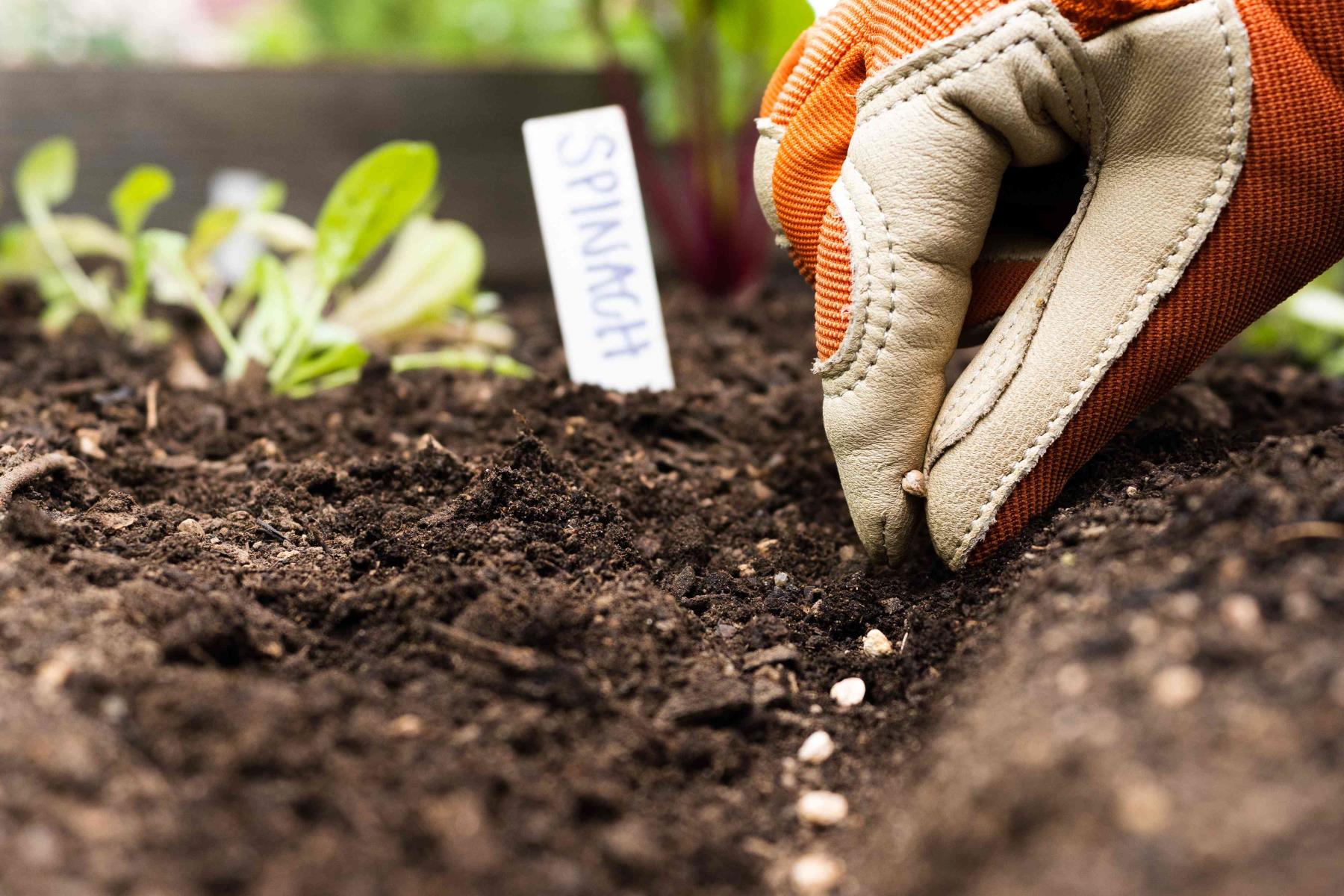

Garden Essentials
How Many Seeds To Plant Out Of Seed Packet
Modified: March 15, 2024
Discover how many seeds to plant from a garden seed packet to maximize your harvest. Learn the best practices for successful gardening and seed planting.
(Many of the links in this article redirect to a specific reviewed product. Your purchase of these products through affiliate links helps to generate commission for Storables.com, at no extra cost. Learn more)
Introduction
Welcome to the wonderful world of gardening! If you’re a beginner, one of the most exciting and daunting tasks is deciding how many seeds to plant out of a seed packet. It’s important to strike the right balance between sowing enough seeds for a successful crop and avoiding overcrowding in your garden.
Factors such as seed packet information, planting guidelines, seed viability, and seedling success rate all come into play when making this decision. In this article, we will discuss these factors and provide you with guidelines to help you determine how many seeds to plant.
So grab your gardening tools, put on your gardening gloves, and let’s dive into the world of seed planting!
Key Takeaways:
- Planting too many seeds can lead to overcrowding and stunted growth. Consider factors like plant spacing, garden size, and seed viability to determine the optimal number of seeds to sow for a successful garden.
- Review the seed packet information and practice proper planting techniques to ensure healthy seedling growth. Consider the number of plants needed and explore seed saving for future gardening adventures!
Read more: How Many Grams In A Seed Packet
Factors to Consider
When deciding how many seeds to plant out of a seed packet, there are several important factors to take into consideration. These factors will help you determine the optimal number of seeds to sow for a successful and productive garden.
- Plant Spacing: Each type of plant has specific spacing requirements to ensure proper growth and development. Overcrowding can lead to stunted growth and disease. Consider the recommended spacing for the specific plants you are growing.
- Garden Space: Assess the available space in your garden. If you have a small garden, you may need to limit the number of seeds you plant to avoid overcrowding. However, if you have a larger garden or plan to use containers, you have more flexibility in the number of seeds you can sow.
- Growth Habit: Consider the growth habit of the plants. Some plants, like tomatoes or peppers, require more space to spread out, while others, like lettuce or herbs, can be planted closer together.
- Succession Planting: If you plan to practice succession planting, where you sow seeds in multiple batches throughout the growing season, you may need fewer seeds for each planting. This allows you to stagger the harvest and extend your growing season.
- Harvest Size: Determine how much of each vegetable or herb you typically consume during the harvesting period. This will help you estimate the number of plants you need to grow to meet your needs.
- Seedling Failure: Keep in mind that not all seeds will successfully germinate and grow into healthy seedlings. Factors such as environmental conditions and seed quality can affect germination rates. It’s a good idea to sow a few extra seeds to account for potential failures.
By considering these factors, you can make an informed decision about how many seeds to plant, ensuring optimal growth, and a bountiful harvest in your garden.
Seed Packet Information
When determining how many seeds to plant out of a seed packet, it is essential to review the information provided on the packet itself. Seed packets typically contain valuable details that can guide your planting decisions.
Here are some key pieces of information commonly found on seed packets:
- Plant Variety: The seed packet will specify the variety of the plant you are growing. This is important because different varieties may have specific growth habits, spacing requirements, and harvest sizes.
- Recommended Planting Time: The packet will indicate the best time to start planting the seeds, based on your region’s climate and growing season. Following the recommended planting time increases the chances of successful germination and growth.
- Growing Conditions: The seed packet will provide information on the ideal growing conditions for the specific plant, including preferred soil type, sunlight requirements, and watering needs. Understanding these conditions will help you choose the appropriate location in your garden and ensure the plants thrive.
- Days to Germination: This information indicates how long it typically takes for the seeds to germinate and sprout. It gives you an idea of the germination period and helps you plan your planting schedule accordingly.
- Days to Maturity: The packet will specify the number of days it takes for the plant to reach maturity and be ready for harvest. This information is crucial in determining the overall growing period and estimating when you can expect to enjoy your homegrown produce.
- Seed Count: Pay attention to the number of seeds in the packet. This will help you calculate how many seeds you can sow for each planting. Keep in mind that not all seeds may germinate, so it’s a good idea to have a few extras on hand.
By carefully reviewing the information on the seed packet, you can understand the unique characteristics of the plant and make informed decisions about how many seeds to sow for optimal growth and harvest.
Planting Guidelines
When it comes to planting seeds, following proper guidelines is crucial for successful germination and healthy plant growth. The specific planting instructions may vary depending on the plant species, so it’s important to refer to the seed packet and any additional resources for detailed guidelines. However, here are some general planting guidelines to keep in mind:
- Prepare the Soil: Before planting, ensure that your soil is well-prepared and suitable for the specific plant. This may involve testing the soil pH, removing weeds and debris, and amending the soil with organic matter or fertilizers.
- Sowing Depth: The seed packet will provide information on the recommended planting depth for the seeds. Some seeds need to be sown shallowly, while others require deeper planting. Follow these instructions to ensure proper germination.
- Spacing: Plant spacing is crucial for healthy plant development. Follow the recommended spacing guidelines on the seed packet to give each plant enough room to grow and access sunlight, water, and nutrients.
- Watering: Adequate watering is essential for seed germination. Keep the soil moist but not waterlogged during the germination period. Once the seedlings emerge, adjust the watering schedule according to the plant’s water needs.
- Light Requirements: Different plants have varying light requirements. Some thrive in full sun, while others prefer partial shade. Place your seed trays or plant them in the appropriate location based on the plant’s specific sunlight needs.
- Temperature: Temperature plays a critical role in seed germination. Ensure that the planting area or seed trays are kept at the optimal temperature range specified on the seed packet. Consider using a heat mat or cold frame if necessary.
- Protection: Protect your seeds and seedlings from pests, diseases, and harsh weather conditions. Use natural or organic pest control methods, provide proper support if necessary, and consider using row covers or cloches during cold or windy periods.
Remember to consult the seed packet and any additional resources for specific planting instructions tailored to the plant you are growing. By following these guidelines, you will give your seeds the best chance to germinate successfully and grow into healthy plants.
Seed Viability
Seed viability refers to the ability of a seed to germinate and produce a healthy plant. Understanding seed viability is important when determining how many seeds to plant out of a seed packet.
The viability of seeds can vary depending on several factors, including the plant species, seed age, and storage conditions. Here are some key points to consider:
- Seed Age: Seeds have different lifespans, and their viability decreases over time. Freshly harvested seeds typically have higher germination rates compared to older seeds. If you have older seeds, it’s a good idea to perform a germination test before planting to determine their viability.
- Storage Conditions: The way seeds are stored can significantly impact their viability. Seeds should be kept in a cool, dark, and dry place to maintain their viability. Exposure to moisture, heat, or fluctuating temperatures can reduce their germination rates. Check the seed packet or consult reference materials for specific storage recommendations.
- Germination Test: Conducting a germination test is an effective way to assess the viability of seeds before planting. Place a few seeds on a damp paper towel or in a seed tray with moist soil, and monitor their germination over a period of time. This will give you an idea of the seed’s viability, and you can adjust the number of seeds you sow accordingly.
- Seed Purchasing: When purchasing seeds, it’s advisable to buy from reputable suppliers or sources known for high-quality seeds. This can increase the chances of obtaining seeds with good viability and germination rates.
By considering the viability of your seeds, you can make more informed decisions about how many seeds to plant. It’s always a good idea to sow a few extra seeds to account for potential lower viability rates and increase the chances of a successful germination and a robust garden.
Check the seed packet for recommended spacing and thinning instructions. Plant seeds according to spacing recommendations to avoid overcrowding and thin as needed to allow plants to grow to their full potential.
Read more: How Many Seeds Are In A Johnny Seed Packet
Seedling Success Rate
When planting seeds, it’s essential to consider the success rate of seedlings. Not all seeds will germinate and grow into healthy plants, and understanding the seedling success rate can help you determine how many seeds to plant out of a seed packet.
Several factors can affect the success rate of seedlings, including environmental conditions, seed quality, and proper care. Here are some key points to keep in mind:
- Environmental Conditions: The conditions in which you grow your seedlings play a crucial role in their success rate. Factors such as temperature, humidity, light, and air circulation can impact seedling growth. It’s important to create an environment that meets the specific needs of the plant.
- Seed Quality: The quality of the seeds you use can impact their germination and overall success rate. It’s advisable to purchase seeds from reputable sources that offer high-quality, well-packaged seeds. This increases the likelihood of obtaining viable seeds with higher success rates.
- Proper Seeding Techniques: Following proper seeding techniques is important to ensure the success of your seedlings. This includes sowing seeds at the correct depth, providing proper moisture levels, and avoiding overcrowding. Following the instructions on the seed packet and utilizing recommended practices can improve the success rate of your seedlings.
- Transplanting Care: If you plan to transplant seedlings from trays to the garden, proper care during the transplanting process is crucial. Handle seedlings gently, ensure the soil is properly prepared, and water the transplants adequately to minimize transplant shock and increase their chances of survival.
- Pest and Disease Management: Seedlings are vulnerable to pests and diseases, which can hinder their growth and survival. Implementing appropriate pest management practices, such as keeping seedlings clean and free from pests, can help protect them and increase their success rate.
- Monitoring and Adjusting: Regularly monitor your seedlings for any signs of stress or problems. Adjusting watering, light exposure, or other factors based on the specific needs of your seedlings can help improve their success rate.
Keep in mind that the success rate of seedlings can vary depending on the plant species and individual growing conditions. By being mindful of the factors that affect seedling success and providing proper care, you can increase the overall success rate of your seedlings.
Number of Plants Needed
When deciding how many seeds to plant out of a seed packet, it’s important to consider the number of plants you actually need in your garden. This will ensure that you have enough produce to meet your requirements without wasting resources or overcrowding your space.
Here are some factors to consider when determining the number of plants needed:
- Harvest Quantity: Consider how much of the particular crop you plan to harvest and consume. If you have a large family or enjoy preserving fruits and vegetables, you may need more plants to produce an ample supply.
- Plant Spacing and Yield: The recommended spacing for each plant often corresponds to the expected yield per plant. By knowing the yield of a given plant, you can estimate how many total plants you need to produce the desired quantity of harvest.
- Succession Planting: If you plan to practice succession planting, where you sow seeds in multiple batches, you can calculate the number of plants needed for each planting based on your desired harvest intervals. This way, you can ensure a continuous supply of fresh produce throughout the growing season.
- Garden Size: Assess the available space in your garden and determine how many plants you can realistically accommodate. Overcrowding can lead to poor plant growth, reduced airflow, and increased susceptibility to diseases and pests. Leave enough space for each plant to thrive.
- Garden Plans: Consider your overall garden plans and diversity of crops. Take into account the sizes and types of other plants you intend to grow and how they will coexist in terms of spacing and growth habits.
By evaluating these factors, you can determine the ideal number of plants needed for your garden. Remember to consider your family’s requirements, available space, and gardening goals to strike the right balance between supply and demand.
Seed Saving Considerations
If you’re interested in saving seeds from your garden for future planting, there are a few important considerations to keep in mind. Seed saving is an excellent way to preserve heirloom varieties, maintain plant diversity, and save money on purchasing seeds each year. Here are some key points to consider:
- Open-Pollinated vs. Hybrid: It’s important to know whether the plant you’re growing is open-pollinated or a hybrid. Open-pollinated varieties produce plants that closely resemble their parent plants, allowing you to save seeds that will grow true to type. Hybrids, on the other hand, are cross-pollinated and may not produce offspring with the same traits as the parent plants.
- Isolation Distance: If you grow multiple varieties of the same plant, you need to consider isolation distance to prevent unwanted cross-pollination between different varieties. This typically involves separating varieties by a certain distance or using physical barriers, such as netting or cages, to prevent cross-pollination.
- Seed Cleaning and Drying: Properly cleaning and drying seeds is essential for seed saving. Remove any debris, pulp, or chaff from the seeds and allow them to dry thoroughly. Properly dried seeds can be stored for longer periods without losing their viability.
- Proper Seed Storage: To maintain seed viability, store your saved seeds in a cool, dry, and dark location. Use airtight containers or seed packets to protect them from moisture and humidity. Label the containers with the plant name, variety, and date of collection for future reference.
- Selective Breeding and Traits: As you save seeds, you have the opportunity to selectively breed plants to emphasize certain traits or characteristics you find desirable. Over time, you can develop your own unique strain of a particular plant that is well-adapted to your growing conditions.
- Seed Germination Testing: Periodically perform germination tests on your saved seeds to assess their viability. This involves planting a sample of seeds and recording the percentage of seeds that successfully germinate. Discard any seeds with low germination rates and prioritize using fresh, vigorous seeds in your garden.
Remember, seed saving can be a rewarding and fulfilling practice, but it requires knowledge and patience. Not all plants are suitable for seed saving, so research each crop individually, understand the specific requirements, and practice proper techniques to enhance your chances of success.
Conclusion
Deciding how many seeds to plant out of a seed packet is an important aspect of successful gardening. By considering various factors such as plant spacing, garden space, growth habits, succession planting, harvest quantities, seed viability, and seedling success rate, you can make informed decisions about the number of seeds to sow.
Reviewing the information provided on the seed packet, including the plant variety, recommended planting time, growing conditions, days to germination, days to maturity, and seed count, further guides your planting decisions. Understanding seed viability and conducting germination tests can help ensure you sow seeds with the highest chances of successful germination.
Proper planting techniques, attentive care, and adequate pest and disease management contribute to seedling success. Evaluating the number of plants needed based on harvest quantities, plant spacing, garden size, and overall garden plans ensures optimal growth and avoids overcrowding.
If you’re interested in seed saving, consider whether your plants are open-pollinated or hybrids and the required isolation distance. Proper seed cleaning, drying, storage, and periodic germination testing are key for successful seed saving and maintaining plant diversity.
In conclusion, taking all these factors and considerations into account allows you to make well-informed decisions about how many seeds to plant out of a seed packet, promoting healthy plant growth, and maximizing your garden’s potential. Happy planting and may your garden flourish!
Frequently Asked Questions about How Many Seeds To Plant Out Of Seed Packet
Was this page helpful?
At Storables.com, we guarantee accurate and reliable information. Our content, validated by Expert Board Contributors, is crafted following stringent Editorial Policies. We're committed to providing you with well-researched, expert-backed insights for all your informational needs.
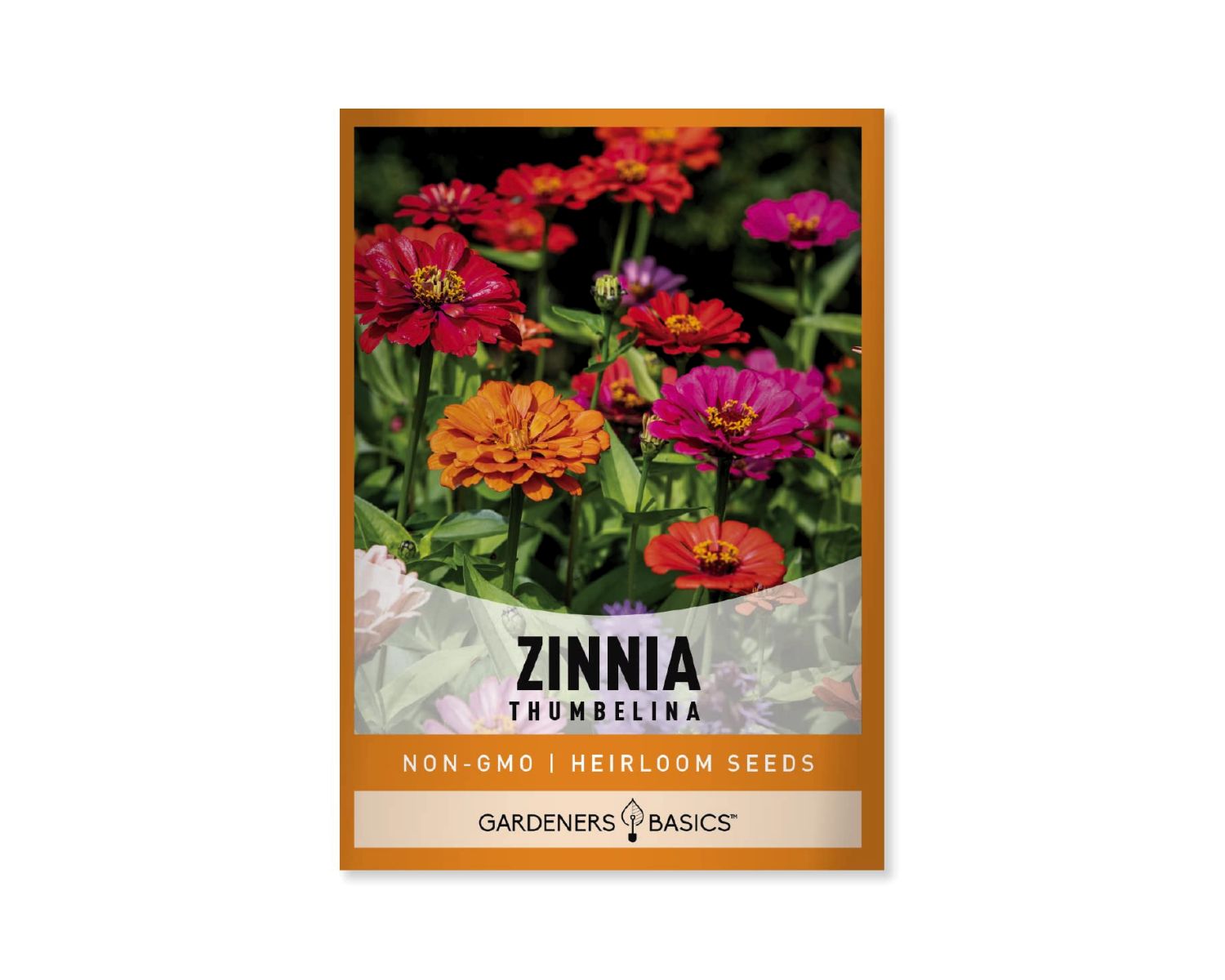
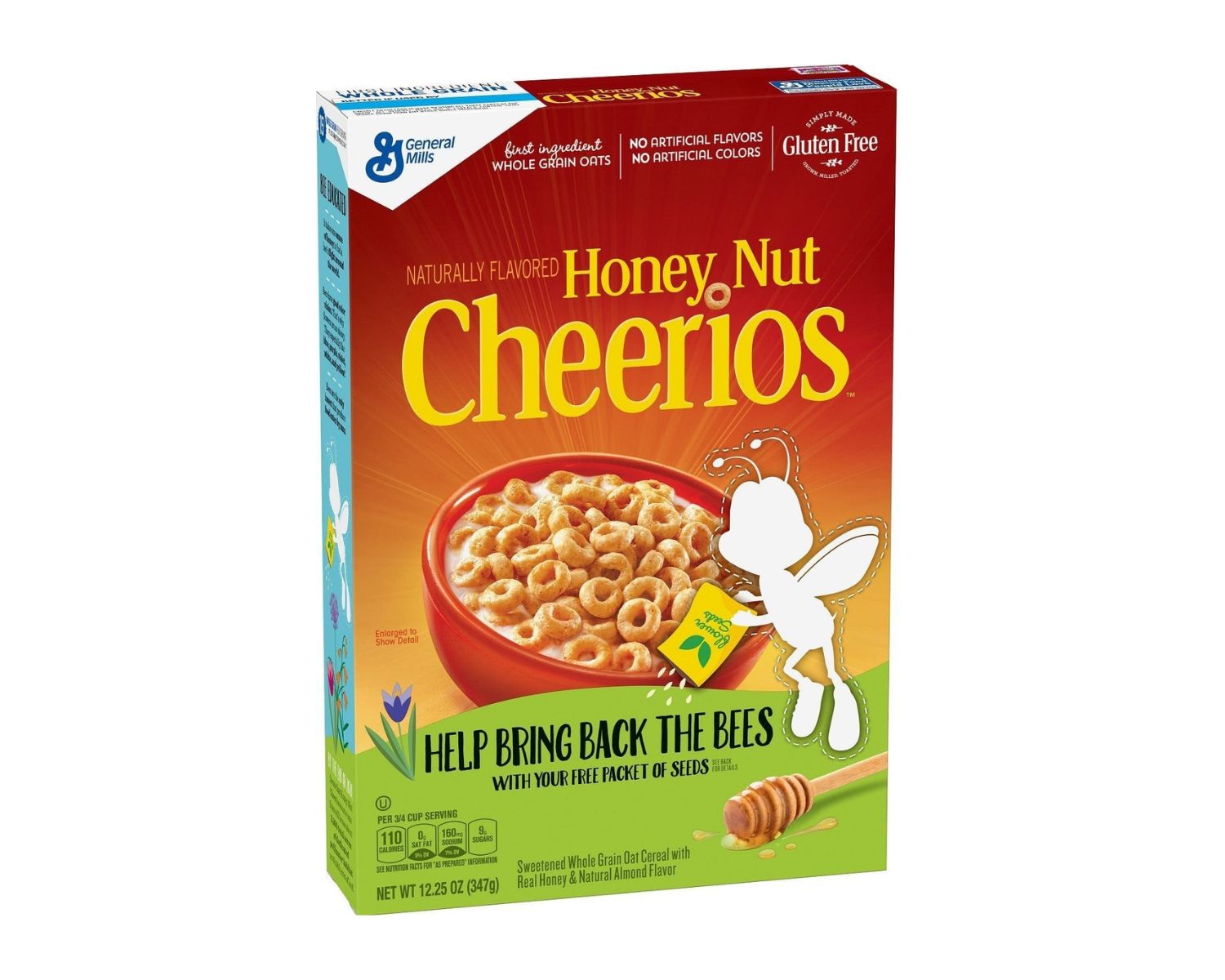
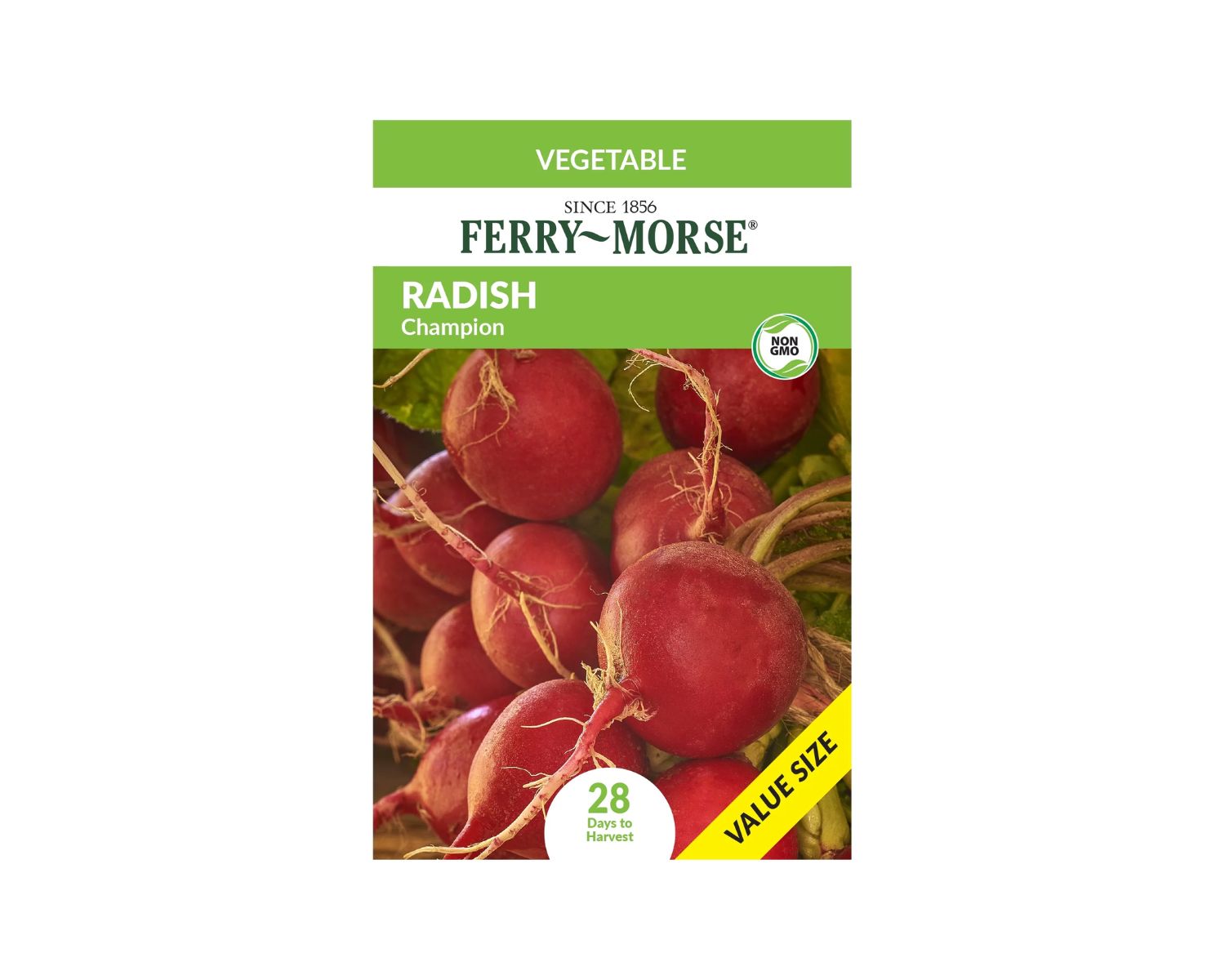
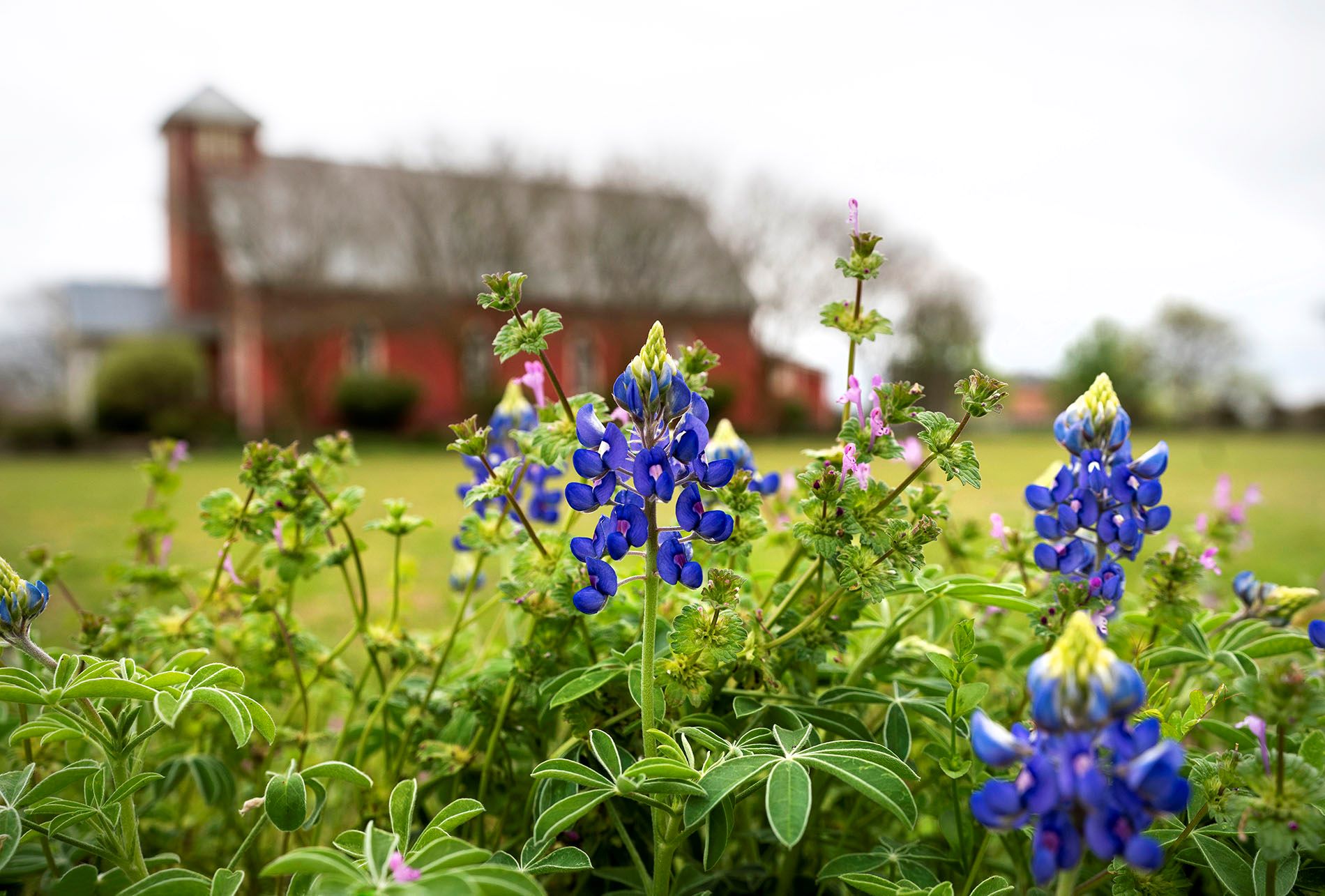
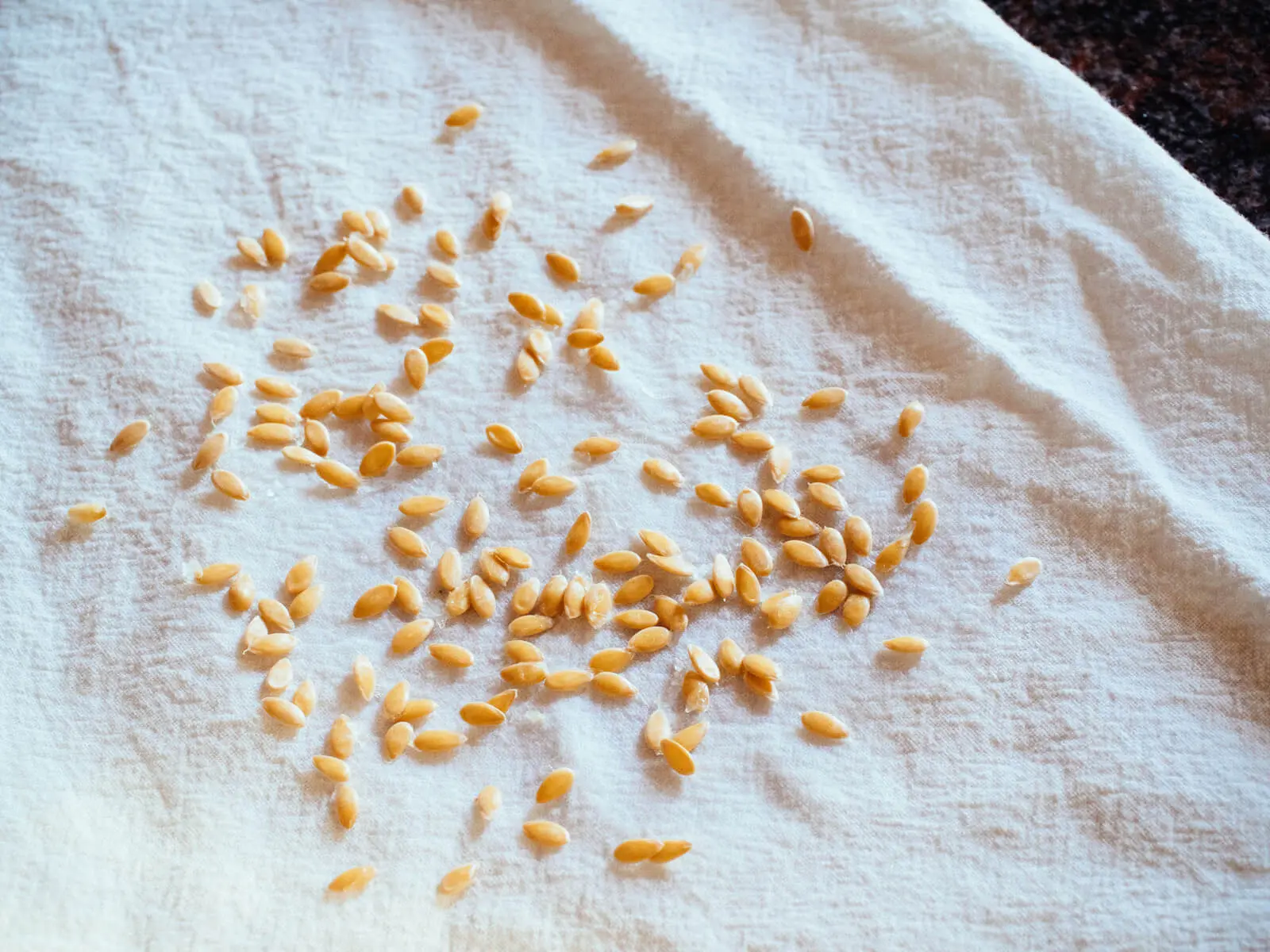
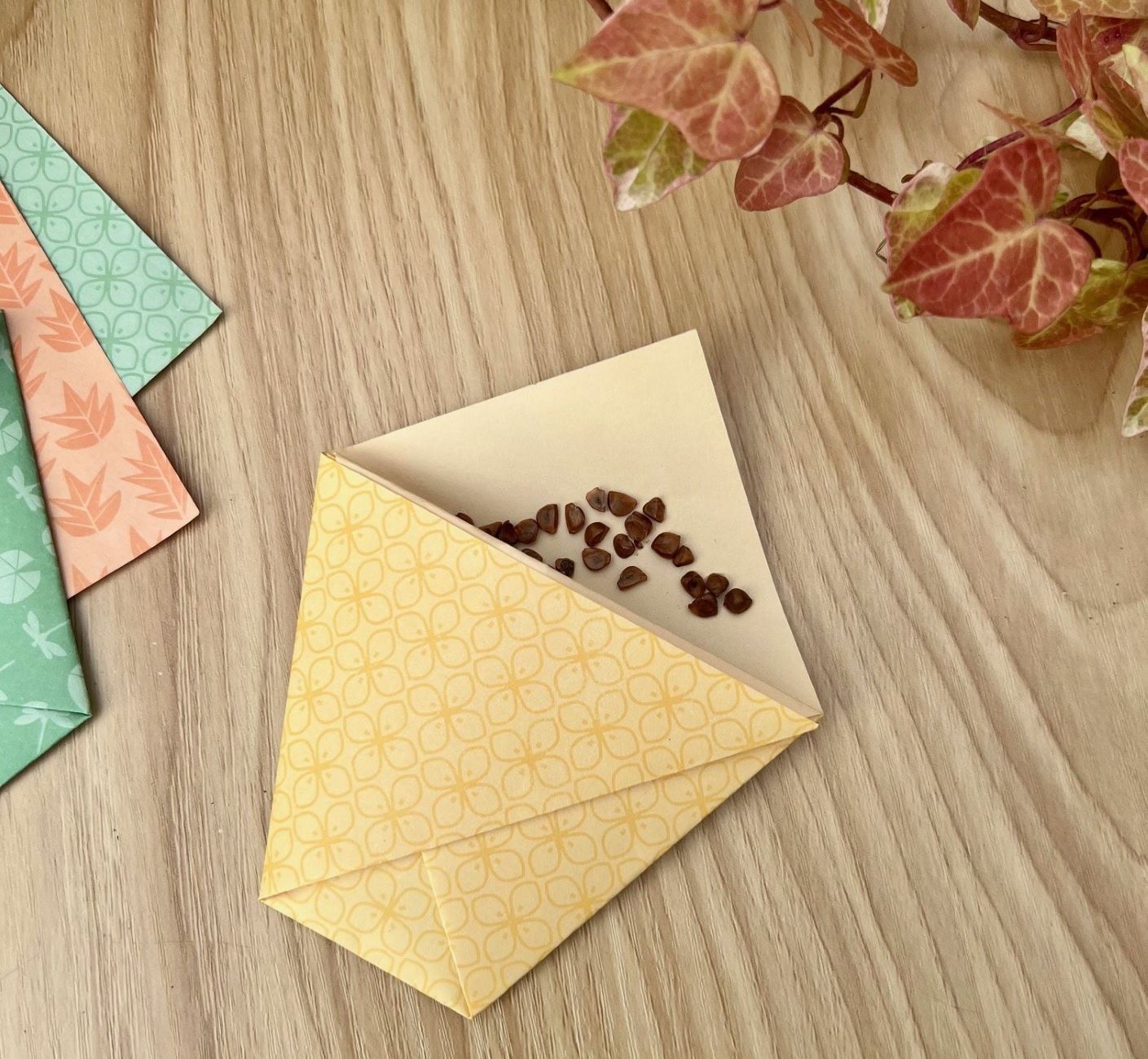
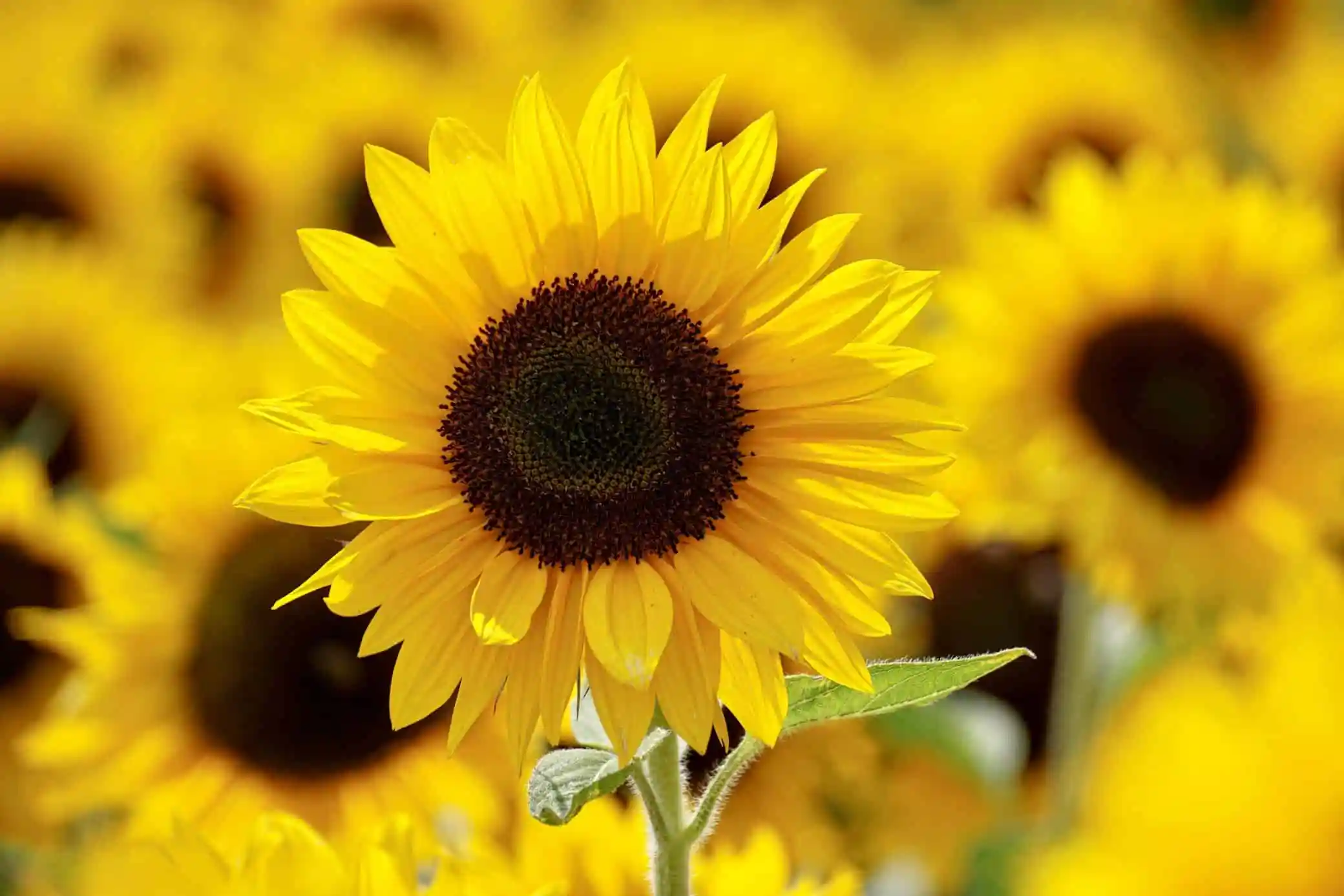
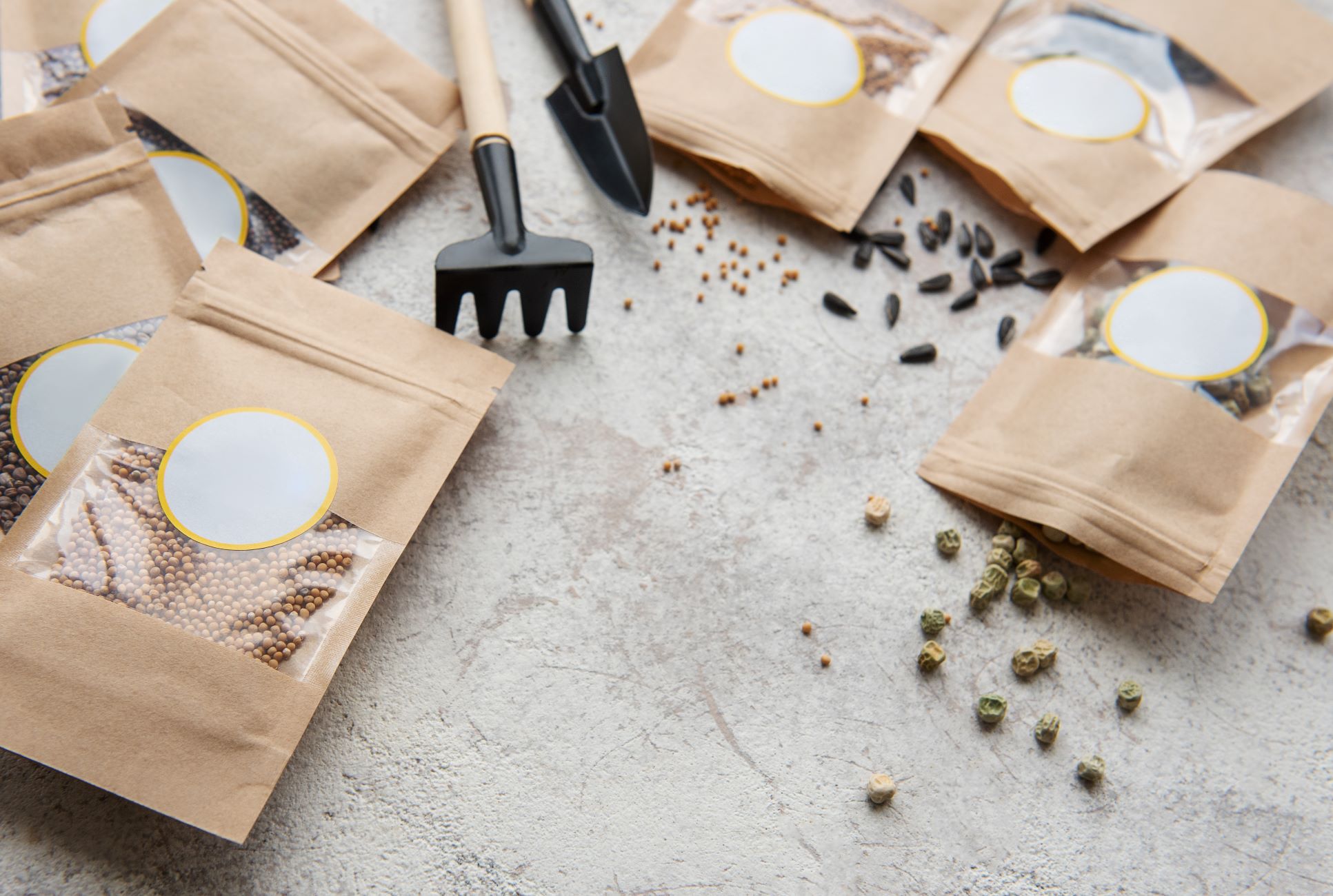
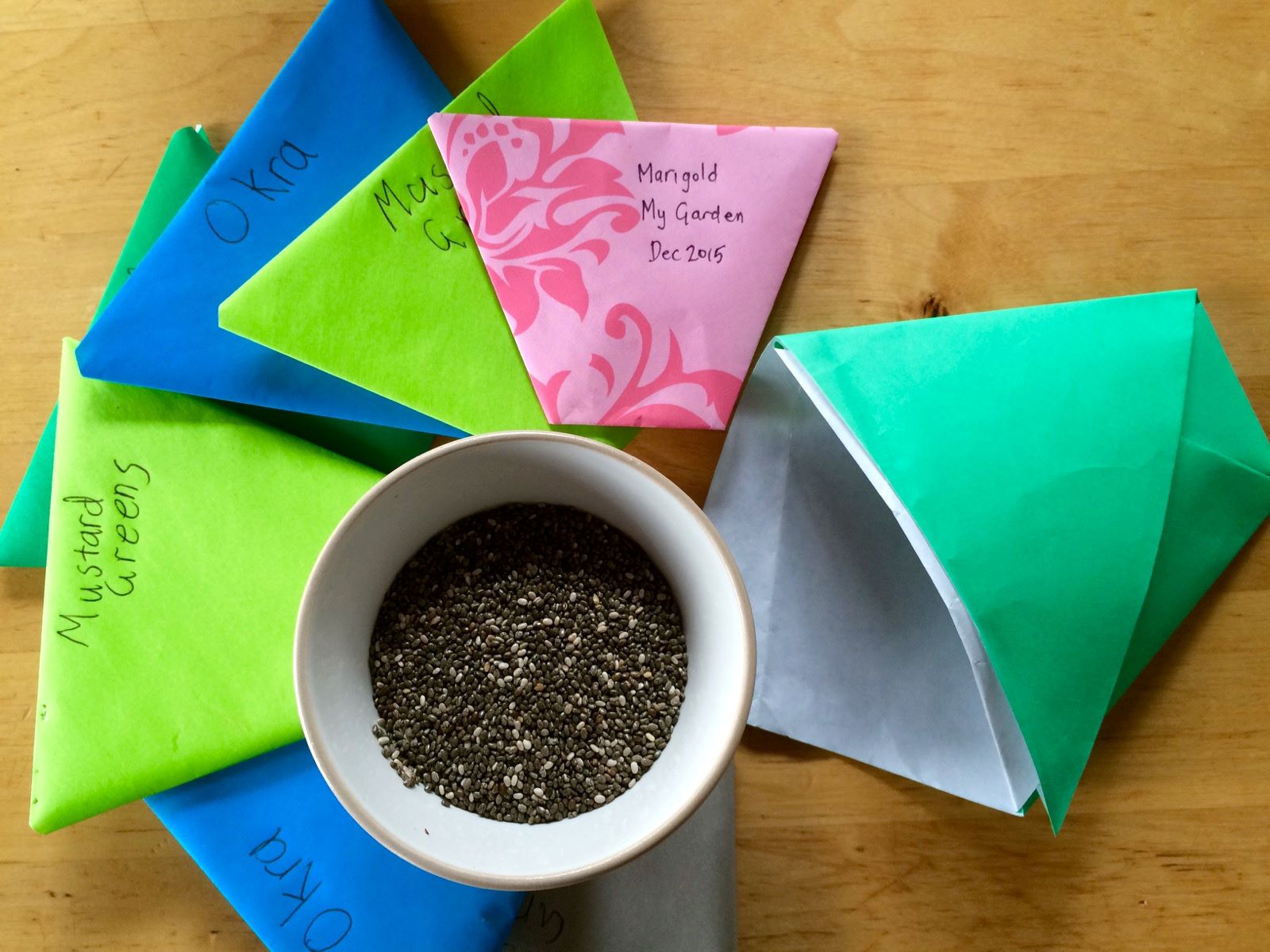
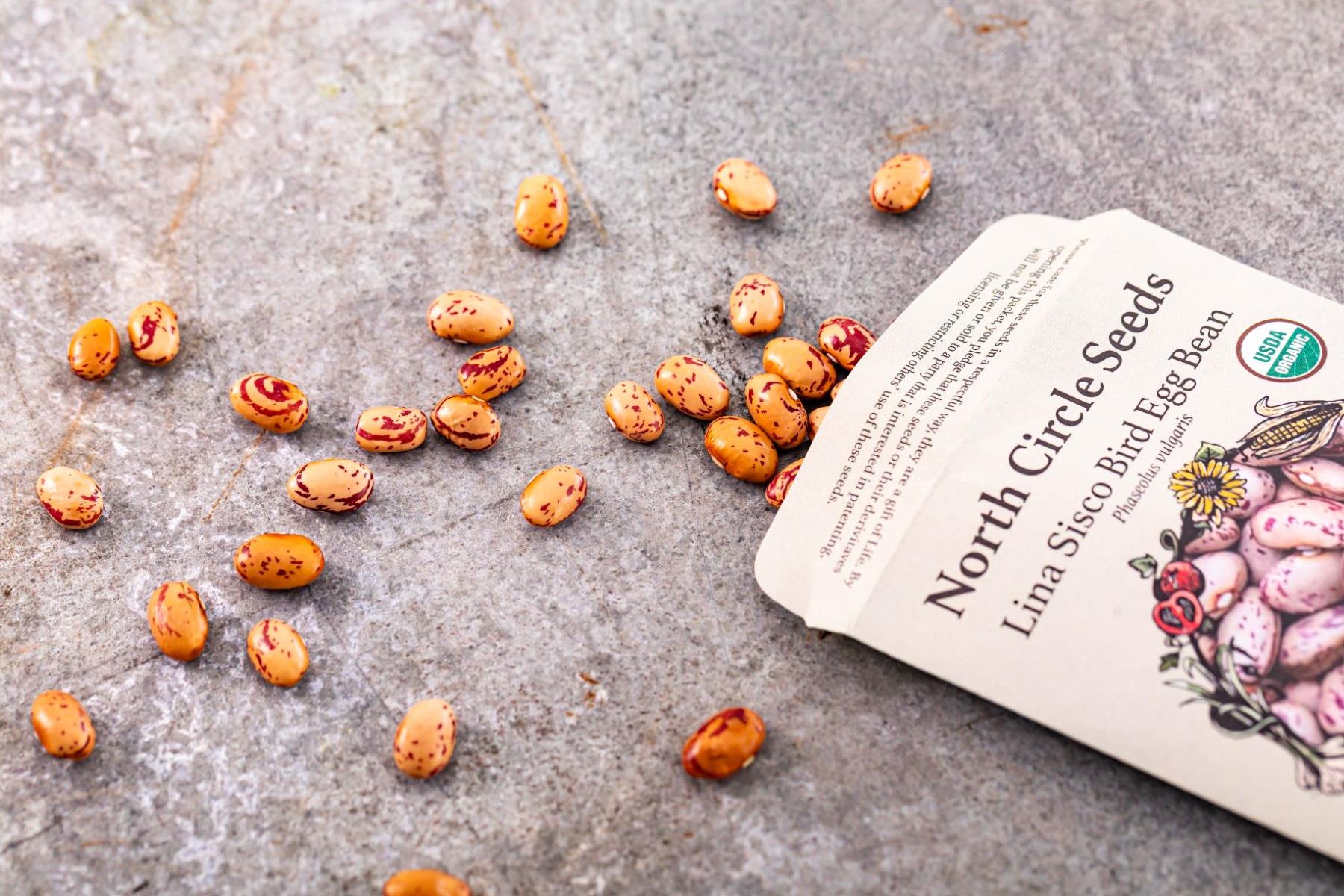
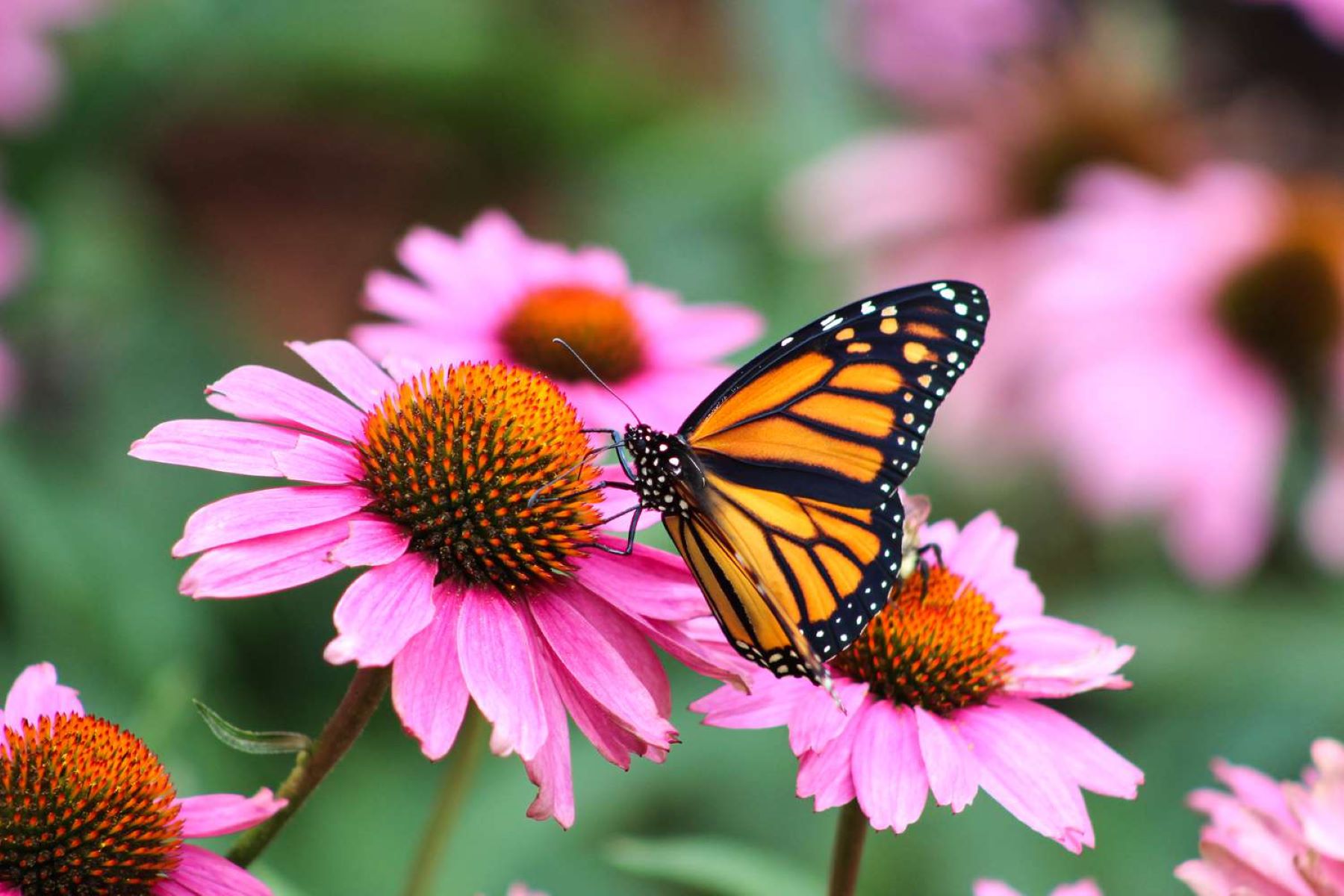
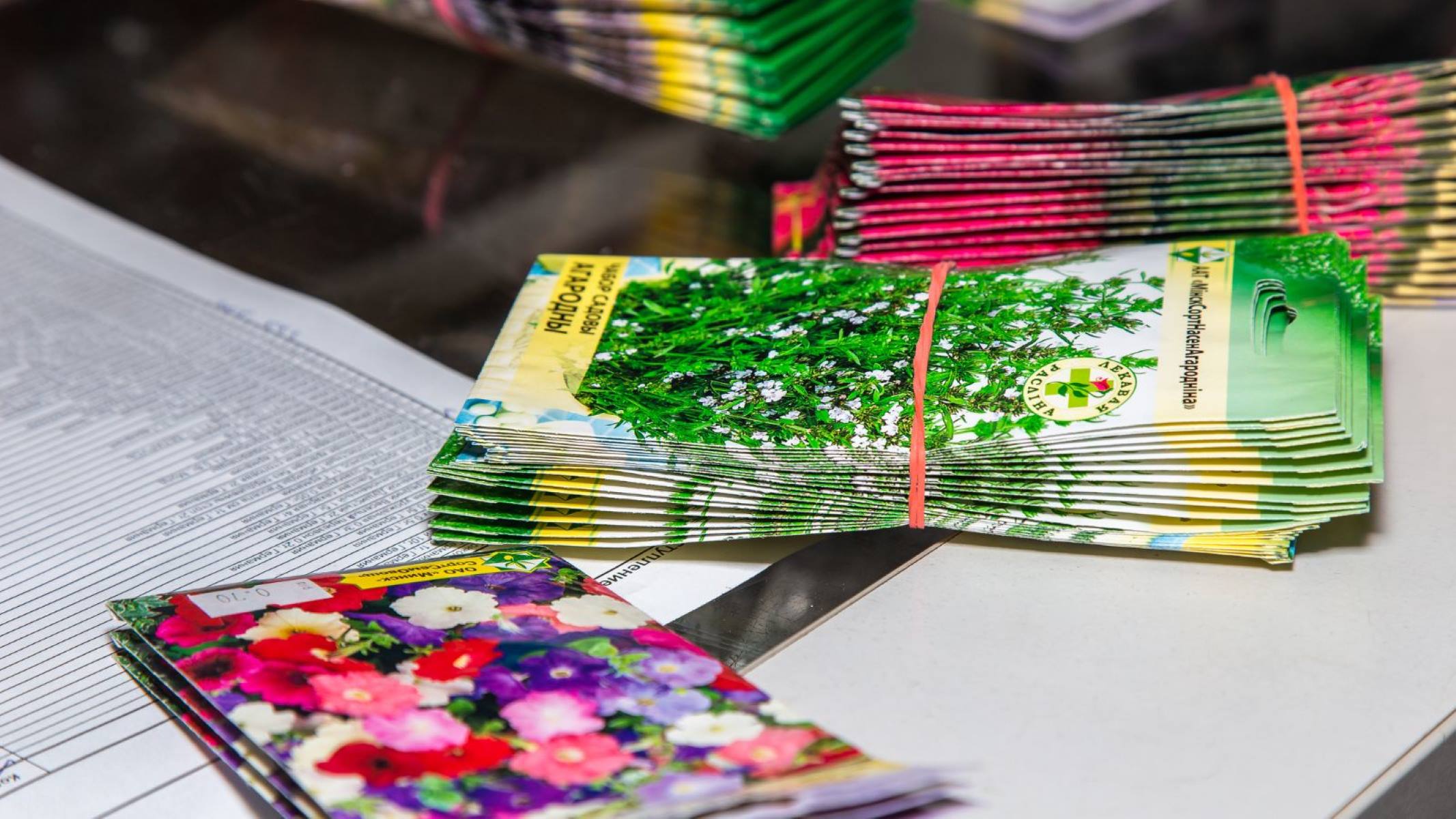
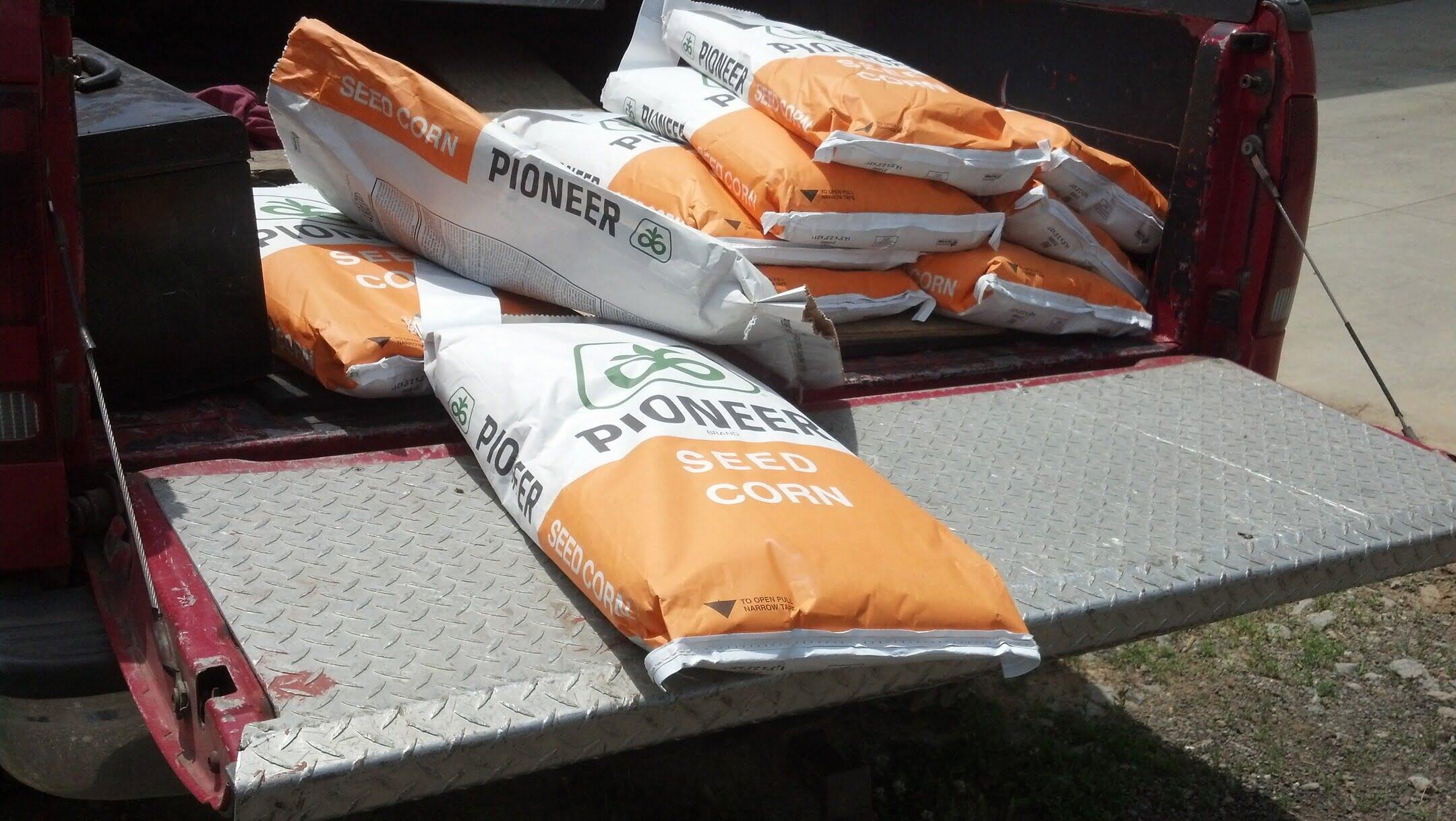
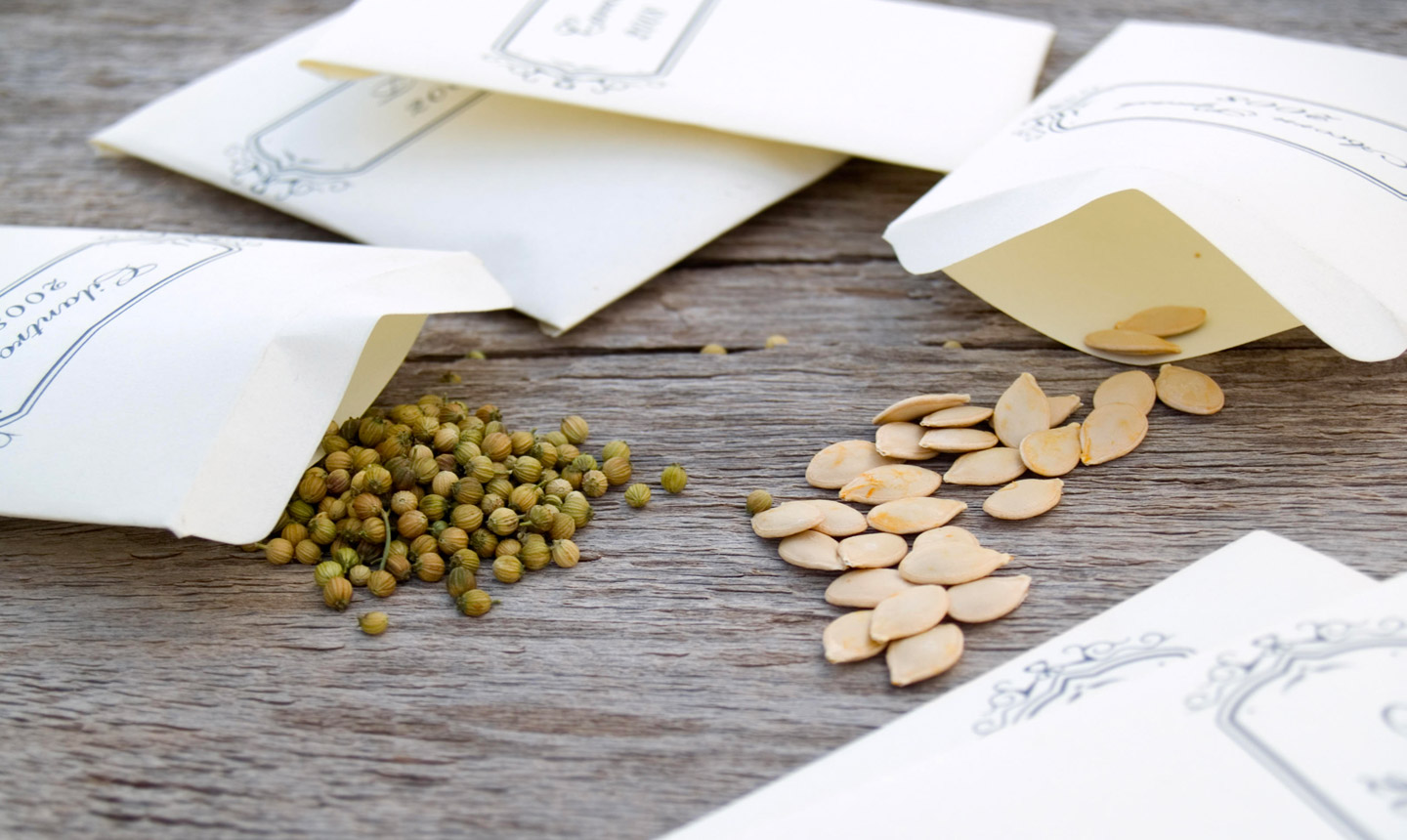

0 thoughts on “How Many Seeds To Plant Out Of Seed Packet”